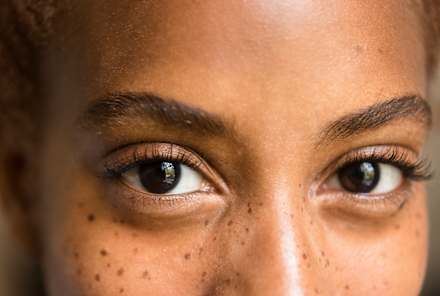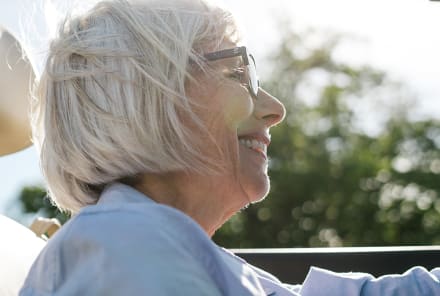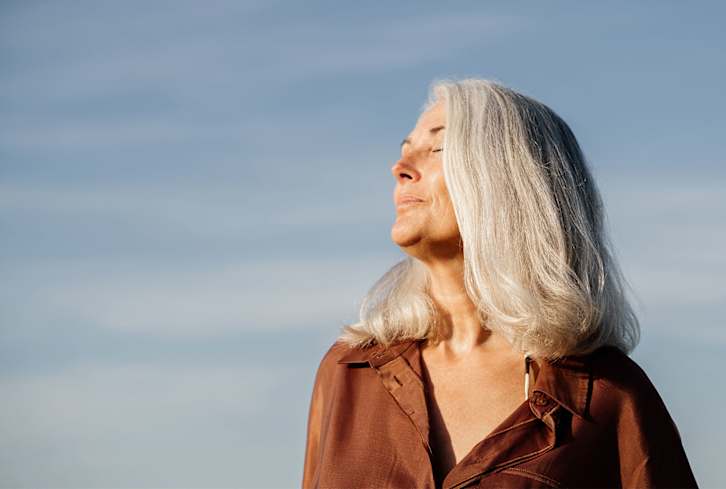Advertisement
Why Singapore Is A Blue Zone & What We Can Learn From It

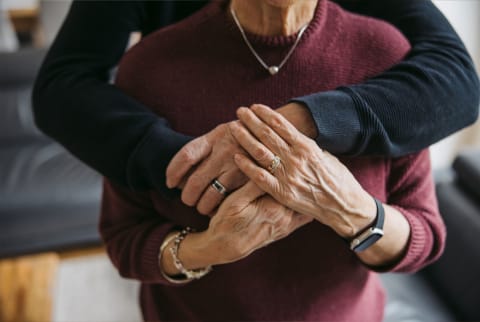
In the early 2000s, Dan Buettner set out to reverse engineer longevity by visiting the places in the world where people seemed to live the longest. In the years since, all eyes have been on the five "blue zones" he analyzed—Okinawa Prefecture, Japan; Nuoro Province, Sardinia, Italy; the Nicoya Peninsula, Costa Rica; Icaria, Greece; and Loma Linda, California.
In his new book, The Blue Zones Secrets for Living Longer: Lessons From the Healthiest Places on Earth, Buettner reveals why Singapore is a longevity hot spot—and what we can all stand to learn from the island nation.
Why Singapore is a blue zone
Singapore is unlike any other blue zone. It doesn't have the traditional practices of Icaria, the united faith of Loma Linda, the geographical isolation of Sardinia, or the sprawling natural abundance of the Nicoya Peninsula. Instead, Singapore is a melting pot of different cultures that was only established in 1965. It's also the most urbanized of all the blue zones, with 5.8 million residents squeezed into a land area about one-fourth the size of Rhode Island.
And yet, as Buettner notes in his new book, since its founding, Singapore's average life expectancy has skyrocketed almost 20 years. "Singaporeans have about 10 more healthy years of life expectancy and far lower rates of chronic disease than we have in the U.S.," Buettner explains on a call to mindbodygreen. The number of centenarians on the island has more than doubled in the past decade (from 700 to 1,500), and Singaporeans' health care system consistently ranks as one of the best in the world.
As Buettner writes in his book, "Clearly, Singapore has been doing something right for its aging population—and doing it in its own way."
What's behind the island's success?
So, how did such a young nation manage to bake longevity into its DNA from the beginning?
For starters, the Singaporean government has set a slew of policies that incentivize healthy eating—from taxing sugary beverages and alcohol to providing some discounts on more nutritious items like whole grains. Not to mention, it has set strict bans on guns and drugs like opioids—two leading causes of death in the Western world.
While Singapore's heavy government intervention won't be universally translatable, there are a few other components of its strategy that other countries can learn from.
For example, the island has nationwide health care and a robust workplace wellness program that offers regular screenings to monitor employees for high blood pressure, diabetes, and high cholesterol. Buettner also touches on Singapore's National Steps Challenge, which invites residents to track their daily exercise on an app in return for e-vouchers they can redeem at select restaurants and stores.
There are also some unique incentives for multigenerational housing, which can combat loneliness and promote mental and physical health1 among older (and younger) family members.
"If your aging parent lives with you, or even within about 500 feet of you, you get a tax break because they know the older person is getting care," Buettner explains.
Singapore offers a blueprint for anti-aging city design
The streets of Singapore are designed for people—not just cars—with plenty of sidewalks and covered walkways. Communities are also designed so that essential services like grocery stores and coffee shops (yes, coffee is part of the longevity diet here!) are within walking distance of home. This type of condensed city design has been shown to improve the metabolic health of its residents2.
Another unique element of Singapore's urban design is that it's not all that urban. An abundance of nature reserves, public gardens, and parks means that 90% of the population lives within a 10-minute walk of green space. Spending time surrounded by greenery is known to combat loneliness3, dementia4, and cardiovascular disease5—three of the main threats to elders around the world.
Even one of Singapore's main hospitals, Khoo Teck Puat, utilizes nature as a source of healing. When mindbodygreen spoke with one of the project's architects, Jerry Ong Chin-Po, back in 2019, he shared how biophilic (nature-inspired) design helps deinstitutionalize the space: fragrant native plants cover the medicinal smell, bird sounds in a central courtyard mask the whir of machines, and a rooftop garden provides patients with fresh, healthy food.
These features have made the hospital a place for community members to gather, and up to 15% of visitors who come to the hospital do so for social and recreational reasons, according to one survey.
"When we first opened in 2010, it came out in the papers that the hospital was a hot spot for students to study for exams," Chin-Po explained. "It demonstrated that the environment we created was conducive not just to patients and caregivers but the community at large… You don't feel like you need to go there only when you have a problem."
This project epitomizes Singapore's approach to longevity and preventive care: By creating opportunities for movement, social interaction, and brushes with nature, Singapore offers a blueprint for anti-aging city design.
Well-being lessons from Singapore
Of course, you don't need to move to an island 10,000 miles away in order to live longer. Here are a few ways to apply the Singaporean way of life to your daily routine:
- Go on walks in nature: Even those who live in a city environment can head to their closest patch of green and soak up the sights, sounds, and smells of nature. Once you get there, here are three ways to maximize your outdoor exposure.
- Join a community garden: Singapore is abundant with community gardens, which offer four major longevity perks on one patch of land: They promote nature access, everyday movement, connection with others, and healthy eating. If you're lucky enough to have any in your area, consider joining or volunteering.
- Eat like a local: Buettner writes that the typical Singaporean diet is rich in calcium-packed dark green vegetables and bone-in fish, plant proteins like tofu, and plenty of whole grains. High alcohol taxes mean that locals in Singapore imbibe less than those in any other Asia-Pac nation. Instead, their drink of choice is kopi—the local coffee made from polyphenol-rich Robusta beans. Naturally, the brew is often enjoyed with friends.
The takeaway
Dan Buettner's new book, The Blue Zones Secrets for Living Longer, introduces Singapore as the latest blue zone, where people live abnormally long lives.
The young city reminds us that spending time in nature, eating fresh produce, and engaging with your community can promote longevity and health span. While you save up for a trans-Atlantic flight, here are a few more ways to make your home a personal blue zone.
5 Sources
- https://www.ncbi.nlm.nih.gov/pmc/articles/PMC5769098/
- https://www.nature.com/articles/s41599-023-01902-9?
- https://www.sciencedirect.com/science/article/pii/S0013935123011283?via%3Dihub
- https://www.sciencedirect.com/science/article/abs/pii/S1353829223000655?via%3Dihub
- https://pubmed.ncbi.nlm.nih.gov/35181451/
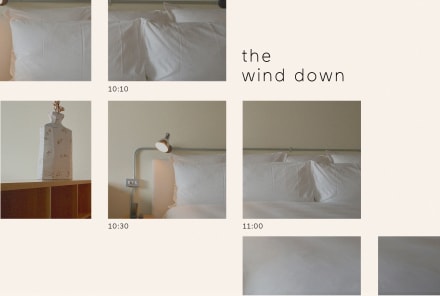
I'm A Natural Night Owl: Here's How I Trained Myself To Be Up At 6:30 A.M.
Angela Holliday-Bell, MD

Do You Keep Supplements In The Fridge? Here's What The Experts Say
Molly Knudsen, M.S., RDN

Not All Probiotics Help With Bloat — But Reviewers Swear By This One*
Molly Knudsen, M.S., RDN

Your Pain Tolerance Isn't Static—Research Shows How To Increase It
Gretchen Lidicker, M.S.

I'm A Natural Night Owl: Here's How I Trained Myself To Be Up At 6:30 A.M.
Angela Holliday-Bell, MD

Do You Keep Supplements In The Fridge? Here's What The Experts Say
Molly Knudsen, M.S., RDN

Not All Probiotics Help With Bloat — But Reviewers Swear By This One*
Molly Knudsen, M.S., RDN

Your Pain Tolerance Isn't Static—Research Shows How To Increase It
Gretchen Lidicker, M.S.

I'm A Natural Night Owl: Here's How I Trained Myself To Be Up At 6:30 A.M.
Angela Holliday-Bell, MD

Do You Keep Supplements In The Fridge? Here's What The Experts Say
Molly Knudsen, M.S., RDN

Not All Probiotics Help With Bloat — But Reviewers Swear By This One*
Molly Knudsen, M.S., RDN

Your Pain Tolerance Isn't Static—Research Shows How To Increase It
Gretchen Lidicker, M.S.

I'm A Natural Night Owl: Here's How I Trained Myself To Be Up At 6:30 A.M.
Angela Holliday-Bell, MD

Do You Keep Supplements In The Fridge? Here's What The Experts Say
Molly Knudsen, M.S., RDN

Not All Probiotics Help With Bloat — But Reviewers Swear By This One*
Molly Knudsen, M.S., RDN

Your Pain Tolerance Isn't Static—Research Shows How To Increase It
Gretchen Lidicker, M.S.
